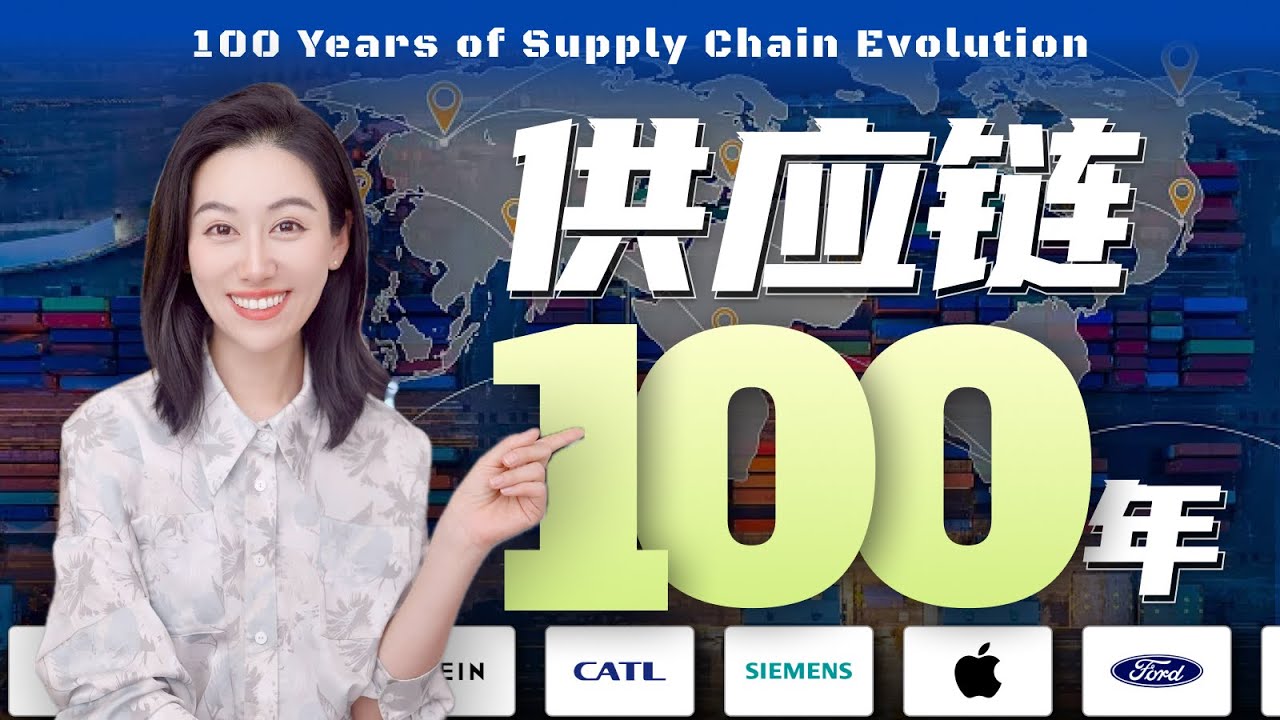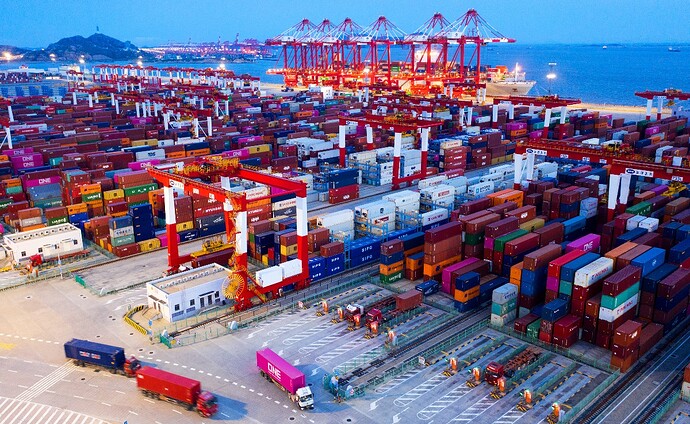-
Introduction to the Supply Chain
-
The video introduces the concept of the world as a vast supply chain system, mentioning the immense scale of people, factories, and goods in motion at any given moment.
-
It highlights supply chain management as a leading profession and points out that many successful companies are masters of it, using Apple and Xiaomi as examples.
-
-
Evolution of the Supply Chain
-
Ford’s Assembly Line and Vertical Integration: The video identifies Ford as a pioneer, introducing the assembly line to dramatically increase production. To combat raw material shortages, Ford adopted vertical integration by building an integrated factory to produce essential components like glass and tires.
-
Toyota’s Just-in-Time (JIT) Production: Toyota evolved Ford’s model with a focus on zero inventory and producing goods only as needed. This required a flexible approach to suppliers and introduced the concept of considering demand, measured by “inventory turnover.”
-
-
Modern Advancements in Supply Chain Management
- Automation with PLCs: The introduction of Programmable Logic Controllers (PLCs) in the 1970s is described as the next major step. These “brains” for factory lines automated production, leading to significant efficiency gains for companies like IBM and Walmart.
-
Information Management with ERP: The video explains how Apple, under Tim Cook’s leadership, used an Enterprise Resource Planning (ERP) system to centralize information and combat the “bullwhip effect,” which is the amplification of small delays in the supply chain. A cautionary tale of Nike’s failed ERP implementation is also included to show the system’s complexity.
-
Extreme Information Feedback in Fast Fashion: The video uses Zara and Shein to demonstrate the use of real-time information in supply chains. Zara uses RFID technology to track products, while Shein employs a “small-batch, quick-response” model that uses social media trends and user feedback to guide production.
-
Future and Advanced Concepts
-
Digital Twins: The video introduces the concept of “digital twins,” which are virtual replicas of physical systems used in complex industries like electric batteries to simulate and optimize processes.
-
Blockchain: The video also briefly mentions blockchain’s potential for tracking products and ensuring information integrity, particularly in the food industry.
-
The video concludes by stating that the supply chain is a pioneer in technological advancement, constantly evolving from efficiency to digitalization, and now focusing on safety and sustainability.
-

